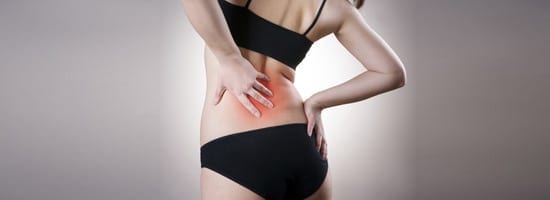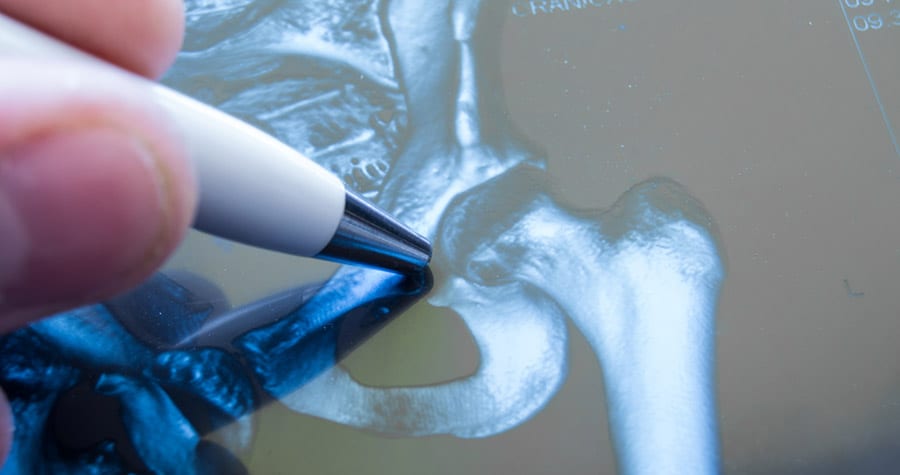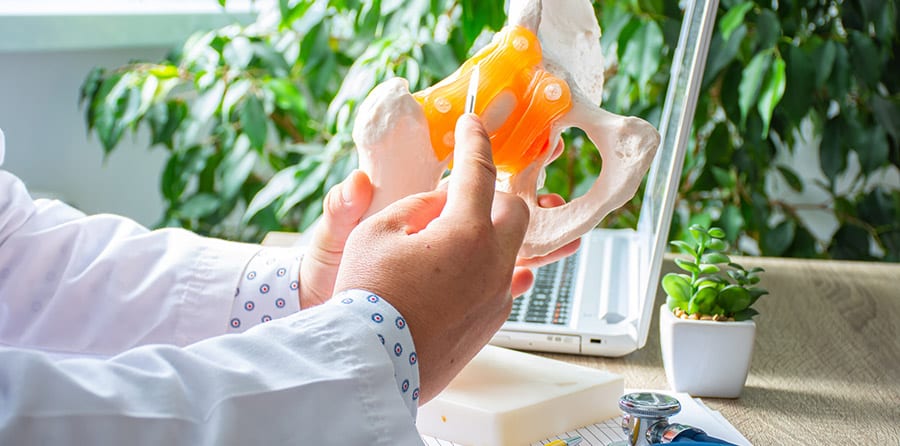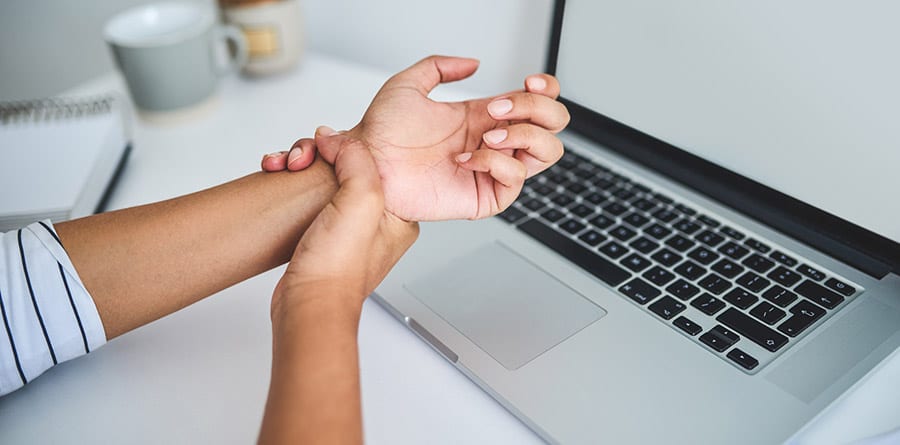
Is Scoliosis Causing Your Back Pain?
An abnormal curvature of the spine affecting about 3 percent of the population, scoliosis can be mild with little or no pain or severe enough to impact quality of life. Some forms of scoliosis advance during adolescence but not into adulthood. Surgery is rarely necessary unless the curvature is severe or causing debilitating pain.
When Scoliosis Appears
Children and teenagers are most-often affected by scoliosis, especially between the ages of 10 and 18, although it may be detected earlier if the curvature is clearly noticeable. If it develops later in life, it’s usually due to injury or age-related wear affecting spinal stability.
Types of Scoliosis
Scoliosis can be congenital, or present at birth. Neuromuscular scoliosis is caused by abnormalities with nerves and muscles. Degenerative scoliosis results from injury, illness, or damage from weakened bones from conditions like osteoporosis. Having no specific cause, idiopathic scoliosis may be genetic.
Is Scoliosis Causing Your Back Pain?
Scoliosis is rarely the cause of back pain, although it may be a contributing factor. The extent of any discomfort experienced in or around the back area depends on the degree of the curvature and whether or not it’s severe enough to affect joints of the spine (facet joints), supporting discs, muscles and tendons, or nerves.
Diagnosing and Treating Scoliosis
Mild curvatures may result in uneven shoulder height or one hip being higher than the other while standing. Minor scoliosis under 20 degrees is usually treated by monitoring the condition during regular doctors’ visits. Excessive or more pronounced curvatures may be treated with bracing to discourage the progression of the condition. Exercise can strengthen supporting back muscles but doesn’t specifically treat scoliosis.
Surgery for Scoliosis
When curvature is 40-50 degrees or more and is showing signs of progressing, surgery becomes a consideration. Depending on the location of the curvature, corrective surgery may be done directly from the back (posterior) or from the other side of the body (anterior). A common procedure involves the removal of vertebral discs and fusion to stabilize the spine.
If it’s determined through X-rays, MRIs, and other image tests that you have curvature of the spine requiring more than periodic monitoring, you may be referred to an orthopedic specialist. Being referred to this type of specialist doesn’t mean surgery is your only option. Oftentimes, attempts will be made to continue with non-surgical remedies or try conservative options you may not have considered.







